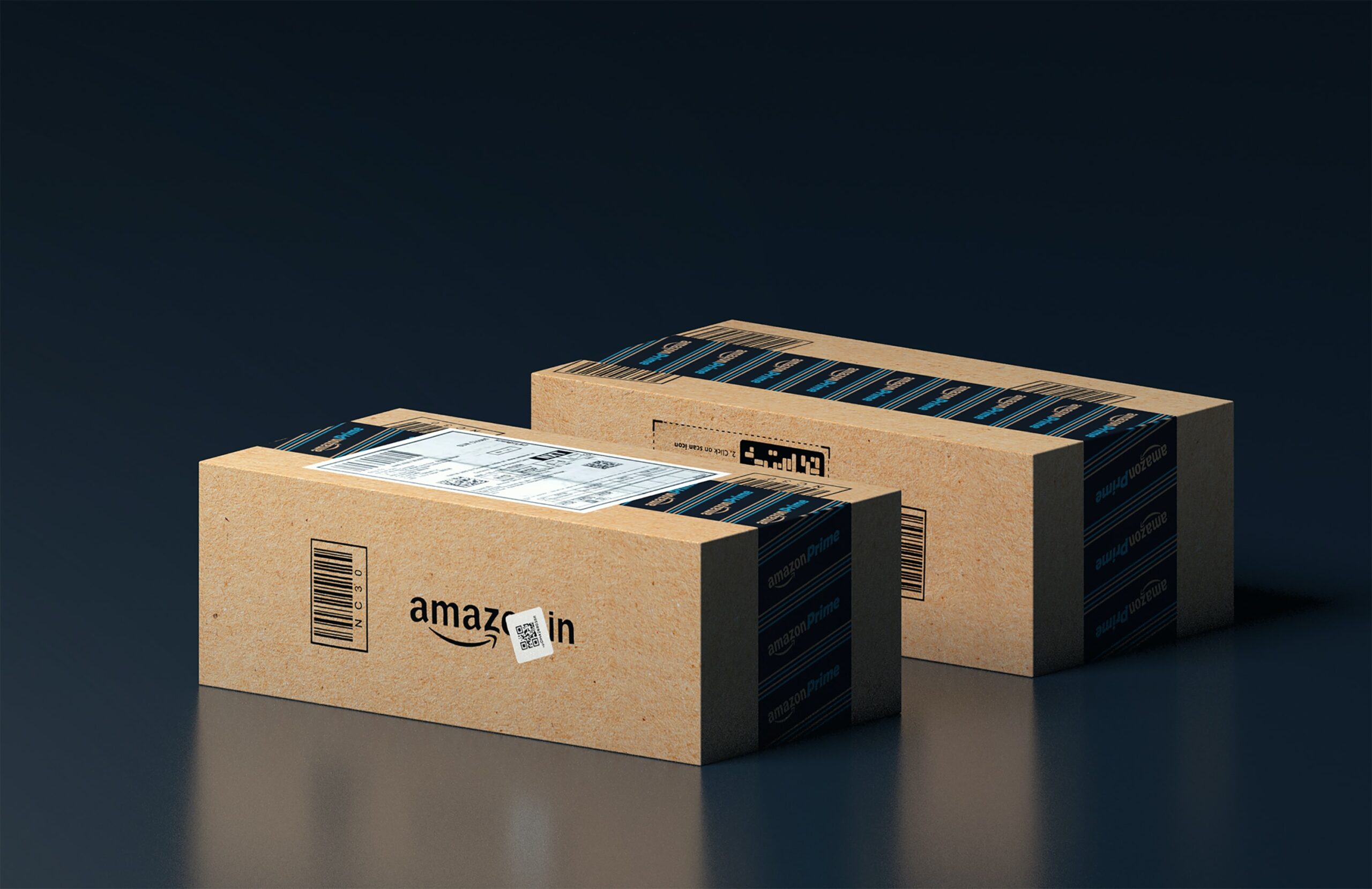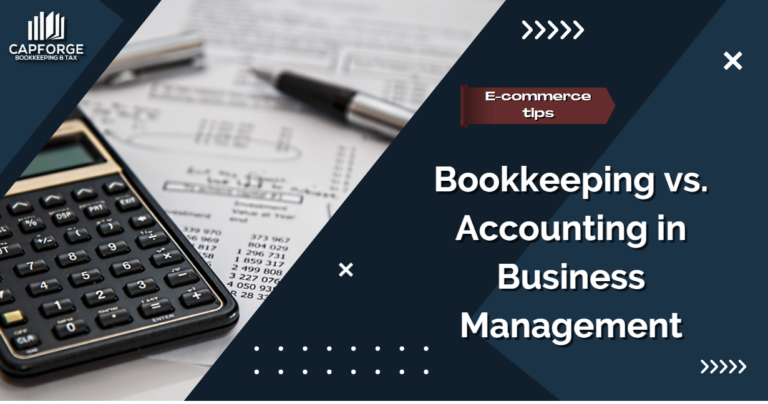Getting Started on Retail Arbitrage
So you’re looking to start an online business, and you came across the idea of retail arbitrage. Well, good news! Retail arbitrage is a great way to jumpstart your e-commerce journey and earn money online. It’s become an increasingly hot trend that has budding entrepreneurs giggle with excitement. Whether you’re looking to do it full-time or as a side hustle, retail arbitrage has a lot to offer.
In this article, we’ll discuss the basics of retail arbitrage and help you decide if you should pursue this business model or not.
What is retail arbitrage?
First things first, let’s discuss what retail arbitrage is all about. Retail arbitrage is the process of buying discounted products from a retail outlet and selling them for a profit online. Usually, the seller purchases products during a clearance sale where significant price markdowns exist. It’s a simple concept, and it’s why many people are interested in starting this type of business model.
Say you bought 100 discounted mugs in bulk at a local retail store for $7 each. You then create a listing online and sell the product for $10. Your total profit after selling all the mugs is $300! Now you may be wondering, “Why would people buy my listing when they can just go to the store and buy it themselves?”
The answer is simple; convenience. Customers love buying products online because of the hassle-free experience. It’s the main reason e-commerce has become so successful over the last decade. Not everyone is keen to go to a retail store and fall in line just to buy a mug. Knowing this, you can take advantage of the discounted products and offer them to consumers at a reasonable price.
After you’ve purchased the products, the next step is to post them online. The most popular e-commerce platform to sell discounted items is Amazon. With Amazon, you get access to more sales and low marketing costs, both of which can help you reach the right audience to sell your products. Customers also benefit from Amazon Prime’s one-day shipping, thus helping to enhance the convenience factor of shopping online.
You can also post them on other online marketplaces like eBay, Craigslist, and Facebook marketplace. But for the most part, we’ll focus on Amazon for this article as the platform offers the core things you need to succeed in retail arbitrage.
How do I get started with retail arbitrage?
Now that you know what retail arbitrage is all about let’s take a look at the steps to run this type of business model.
Step 1: Create an Amazon seller account
To get started with retail arbitrage, you’ll need to create an Amazon seller account. The account will allow you to create listings for the discounted items and sell them for a profit. Amazon offers plenty of tools for starting businesses to help succeed in the platform, so head over to sell.Amazon.com.
You’ll come across two options when creating a seller account on Amazon, and these are:
- Individual seller account – An individual seller account is free, but you will need to pay a $0.99 commission for each product you’ve sold. On top of that, your sales are subject to a 15% consolidation fee. Do note that you can only sell up to 40 items using an individual seller account, and you can’t list products under Amazon’s restricted categories.If you’re working on a tight budget and want to spend it on acquiring discounted products instead, an individual seller account will work great. Plus, you can upgrade to a professional version anytime you wish.
- Professional seller account – Those with more budget will benefit significantly from a professional seller account. This type of account offers plenty of advantages like zero commission fees, unlimited product listings, and access to Amazon’s FBA program (fulfillment by Amazon).As an FBA seller, your only concern is to ship the product to Amazon’s warehouse. From there, Amazon will take care of the rest, like storage, shipping, and packing. While you do need to pay $40 a month for a professional account, the added benefits are indeed worth more than what you’ll pay for.
Weigh your options and choose which type of seller account best fits your needs and budget.
Step 2: Download the Amazon seller app
Once you’ve successfully created a seller account, the next step is to download the Amazon Seller app on Play Store or App Store. The app is what you’ll use to scan product barcodes and obtain in-depth analytics when searching for discounted products. While other retail arbitrage apps are available, we find that the Amazon seller app is all you need to get started.
With the app, you can see information on the product you’re scanning, like selling fees, the product’s selling price on Amazon, and more. By analyzing data from the app, you can determine which products are profitable and how much you should set your prices.
Step 3: Go to a local retail store and start scanning
Here’s the exciting part of your retail arbitrage journey; bargain hunting. Your first target should be the retail store that’s closest to your area. That way, you can check the pricing and inventory and use those to compare to other stores later on. Stores like Walmart, Target, Costco and Big Lots are the most popular establishments to find bargain products.
Now, when it comes to scanning products, you want to simplify your options first. Depending on the seller account you use, focus on the product categories you’re allowed to sell. Start by scanning a pen using the Amazon seller app.
The essential details to analyze are the product’s rankings and profit after fees. For product rankings, you want to look for items that rank below 200,000 as these will give you the best chance to sell them quickly. You want to aim for at least $3 and net a 50% ROI in terms of profit. Simply enter your selling price, how much the item costs to purchase, and the cost-per-pound shipping from Amazon.
For example, if a product nets you a $5.6 profit and costs you $8 to buy it, that’s an ROI of 70%. That’s great for beginner arbitragers as it gives you the best bang-for-your-buck. Sourcing profitable products is a matter of patience and analysis. Give yourself enough time to find these items, and you’ll be able to jumpstart your arbitrage journey.
Step 4: List the products on Amazon
Now that you have a hold of the products, it’s time to start selling them on Amazon. Login to your seller account and click on the inventory drop-down menu. You’ll find an ‘Add a Product’ page, and from there, you can start creating your listings. For a detailed breakdown on how to create product listings, make sure to refer to Amazon’s page, where you can find information like guidelines, product image requirements, and more.
Sellers who opted for a professional seller account will find Amazon’s FBA program to be more convenient when selling products. Sure, you can fulfill orders independently, but this takes time and resources to do. It’s okay if you’re just starting, but it’s much easier to let Amazon do all the handling and shipping processes as soon as you start selling more items.
Step 5: You’re done!
That’s pretty much it on getting started with retail arbitrage! Now, we’ve covered just the basics of how this type of business model works. There are many things you need before you start to see the results you want. The good news is there are plenty of resources available where you can learn the ins and outs of retail arbitrage and apply it to your strategy.
Our suggestion is to take your time and learn the process gradually. There’s no overnight success in retail arbitrage, and often the results won’t come as fast as you would hope. But the upside of learning retail arbitrage is huge. As you get familiar with how retail arbitrage works, you’ll be able to source the right products and understand how to calculate your profit margins effectively.
In summary
Getting started on retail arbitrage is easy as it’s a straightforward concept that aspiring arbitragers can grasp quickly. As you begin to sell more products, you’ll find that your retail inventory is building up. If that is the case, you need to have the right inventory management software to manage your products efficiently.
With retail arbitrage, you have to be strategic with your approach. You have to know when clearance sales will drop and how many products you should buy. As they say, experience is the best teacher, and you’ll learn more about retail arbitrage the longer you keep doing it. Follow these steps to get started on your arbitrage journey on Amazon!
As an online seller, it helps to know the financial health of your business. Profitability is one of the main goals of an entrepreneur, and we can certainly help in that regard. For fast, reliable, and professional bookkeeping services, feel free to fill out the form below, and we’ll reach out to you as soon as possible.









One Comment
Comments are closed.